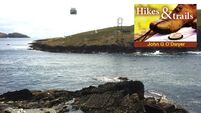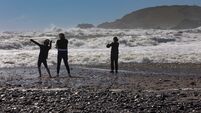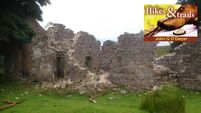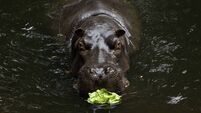Sweet success for Tipp wetlands campaign
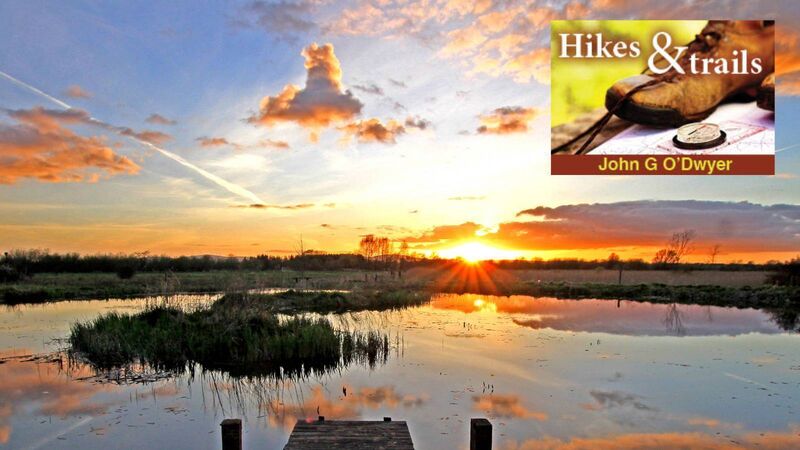
Cabragh Wetlands, Tipperary. Picture: Eamon Brennan
Established in 1934, Thurles Sugar Factory brought about a transformation in the fortunes of the town and its hinterland. In an era of acute economic hardship, arising from a worldwide depression and a bitter trade war with Britain, the new factory was described as “manna from heaven” for the North Tipperary town. Offering 300 well-paid jobs and additional seasonal employment during what became known as the “campaign” (the time when the sugar beet was harvested), the facility processed a new and valuable cash crop for the agricultural community at a time of chronically depressed food prices.
Like many heavy industries of its time, however, it created an unwelcome environmental footprint. Sugar beet was washed before processing and the rich, sludgy effluent was released directly into the River Suir. Initially, this was considered of little consequence when so much wealth was being created locally. The Suir was, however, a renowned angling river and during the 1960s the inevitable happened. A series of fish kills attracted attention to the untreated effluent being released directly into the river and keen local angler, Bob Stakelum, spearheaded a campaign to clean up the discharge.




